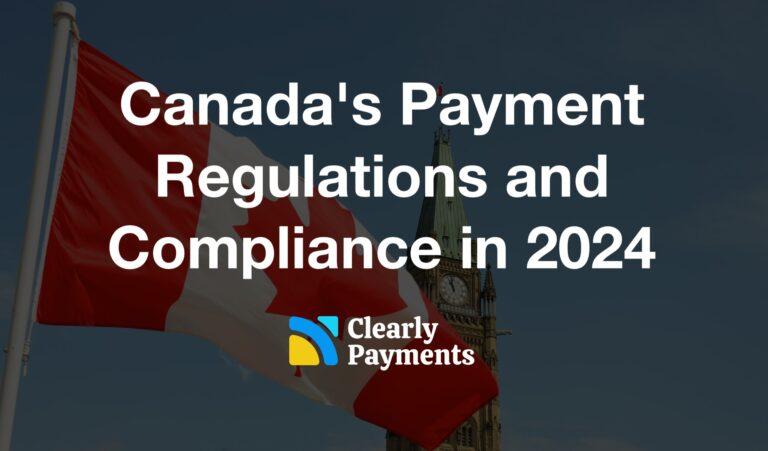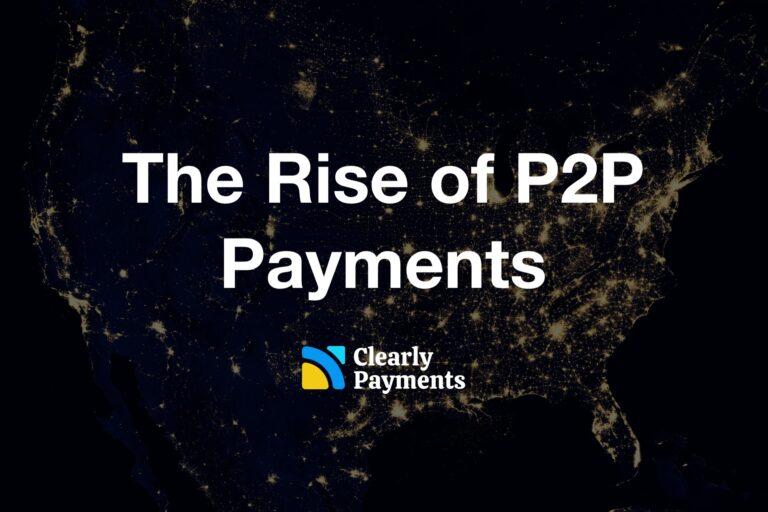A reserve on a merchant account in credit card processing is a temporary hold on a portion before they are deposited in your bank account. For example, if you had a 2 week reserve of $2000, there would be a hold of a rolling total amount of $2000.
The funds in the reserve are in place to protect both the merchant and credit card processor in the event of unplanned risk events such as chargebacks.
Reserves are put in place for merchants that are higher risk for some reason. Higher risk merchants might be new businesses, riskier industries (i.e. custom made furniture), or businesses with a history of chargebacks. You can read more about risk.
Types of reserves in payment processing
Reserves act as a safeguard for the payment processor to cover chargebacks, refunds, potential fraud, or other financial obligations that may arise from credit card transactions. The purpose of reserves is to mitigate the financial risk associated with processing credit card payments.
There are different types of reserves that can be implemented:
Rolling Reserves: This type of reserve involves withholding a certain percentage of the merchant’s daily credit card sales over a specified period. For example, a rolling reserve of 10% means that 10% of each day’s credit card sales will be held for a predetermined period, typically 30 to 180 days. After the reserve period elapses, the funds are released to the merchant.
Upfront Reserves: In this case, a specific amount of funds is required to be deposited upfront before the merchant can begin processing credit card transactions. The upfront reserve is usually a fixed amount determined based on the merchant’s risk profile, industry, or projected sales volume.
Capped Reserves: With capped reserves, there is a maximum limit set on the total reserve amount that can be held by the payment processor. Once the reserve reaches the predetermined cap, any additional funds are no longer withheld.
Reserves serve as a form of insurance for the payment processor, providing a buffer to cover potential losses. They help mitigate risks associated with chargebacks, fraudulent transactions, merchant non-compliance, or financial instability. Reserves are typically held in a separate account and can be accessed by the payment processor when necessary to cover any financial obligations or liabilities.
It’s important to note that reserve requirements and policies can vary among payment processors, and they may be influenced by factors such as the merchant’s industry, credit history, sales volume, and risk assessment. It’s advisable for merchants to review and understand the terms and conditions related to reserves before entering into an agreement with a payment processor to ensure transparency and clarity regarding reserve requirements.




